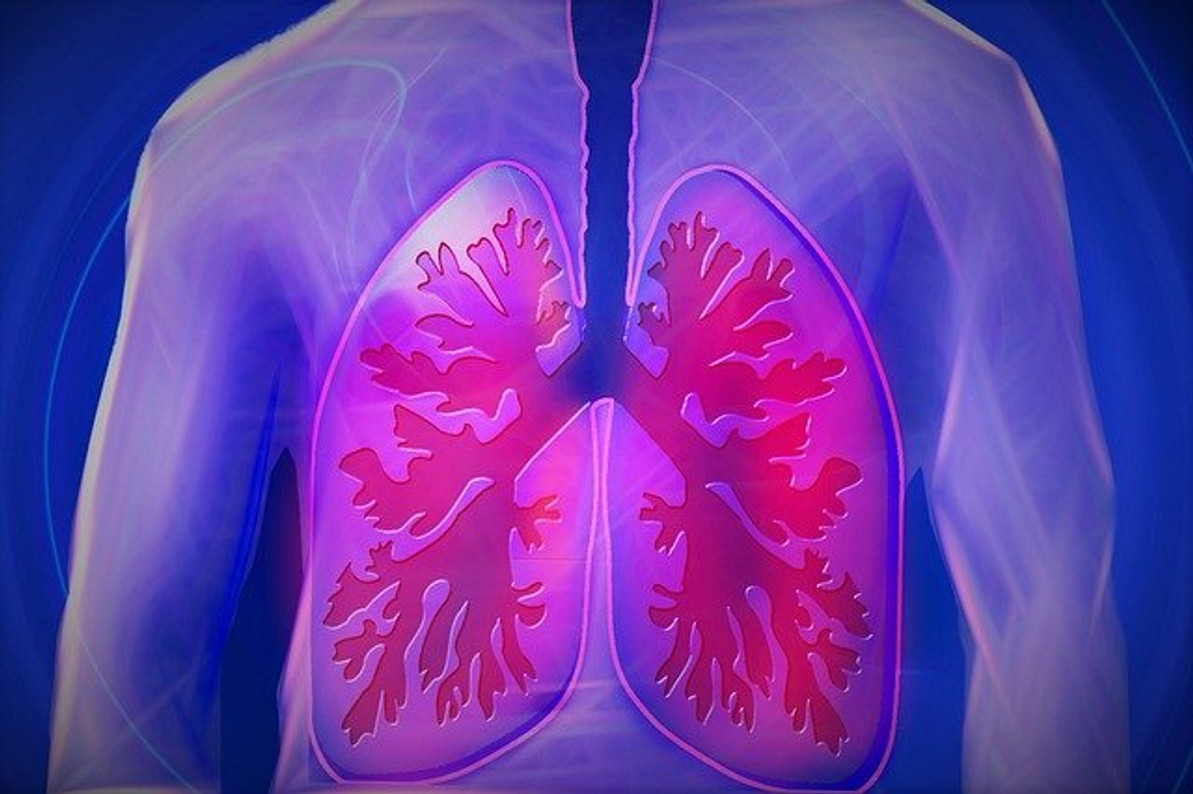What Is Occupational Asthma?
There are many different respiratory conditions from which workers can suffer, one of which is asthma. Characterized by long-term inflammation of the airways, it's a serious chronic disease. While some people are born with asthma, others develop it from exposure to certain airborne pollutants. To learn more about occupational asthma and ways to prevent it, keep reading.
Overview of Occupational Asthma
Occupational asthma refers to asthma that's developed in the workplace. Many workplaces have airborne pollutants. When exposed to these pollutants, workers may develop asthma. Occupational asthma is still long-term inflammation of the airways. It's known as "occupational asthma" because it's developed specifically in the workplace.
How common is occupational asthma exactly? According to the U.S. Safety and Health Administration (OSHA), it's believed that over 2 million workers have developed asthma while working.
Risk Factors for Occupational Asthma
Not all workers are at risk for occupational asthma. If you work outdoors, for instance, you probably won't have to worry about developing this chronic respiratory disease. Occupational asthma is usually associated with indoor workplaces.
Exposure to certain chemicals can increase your risk of occupational asthma. Certain acids, sulfur dioxide and ammonia have been linked to asthma. If you work with chemicals such as these, you could be at risk for occupational asthma.
How to Protect Against Occupational Asthma
You can lower your risk of occupational asthma in several ways. Assuming you work indoors, make sure your workplace is properly ventilated. Poor ventilation will result in greater indoor air pollution. Pollutants will accumulate in the air, and depending on the type of pollutants, exposure to them may increase your risk of occupational asthma.
Proper ventilation, however, will promote cleaner air in your workplace so that you are less susceptible to occupational asthma. If your workplace has a central heating, ventilation and cooling (HVAC) system, use it. HVAC systems don't just heat and cool the air; they ventilate it.
There are also air purifying devices that you can use to clean the air in your workplace. Air purifiers are designed to move air through one or more filters. As air passes through the filters, contaminants are removed.
Wearing the right personal protective equipment (PPE) can lower your risk of occupational asthma. There are different types of respiratory PPE. And different jobs require different types of respiratory PPE. Nonetheless, wearing the appropriate PPE for your respective job will minimize your risk of occupational asthma.
Recent Posts
-
Fire Safety in the Workplace: What You Need to Know
What steps are you taking to prevent fires in your workplace? According to the U.S. Occupational Saf …Aug 23rd 2023 -
Is It Safe to Go Jogging With a Cold Infection?
If you're suffering from a cold infection, you might be wondering whether it's safe to go jogging. T …Aug 22nd 2023 -
5 Safety Tips to Follow When Using a Powder-Actuated Tool
Powder-actuated tools are commonly used to join materials to steel and concrete. Also known as Hilti …Aug 20th 2023




